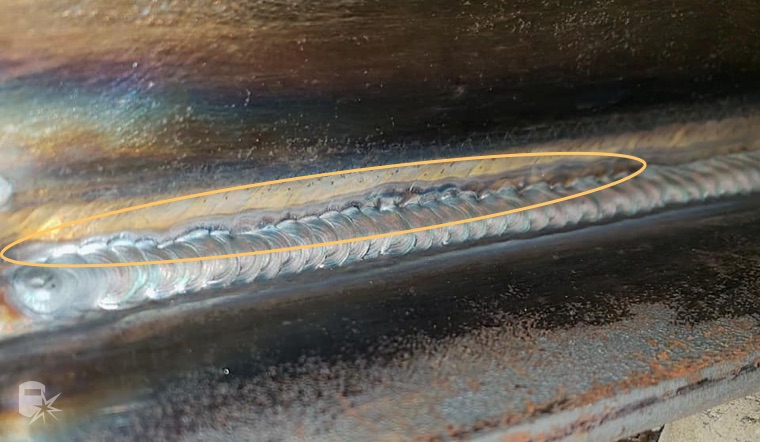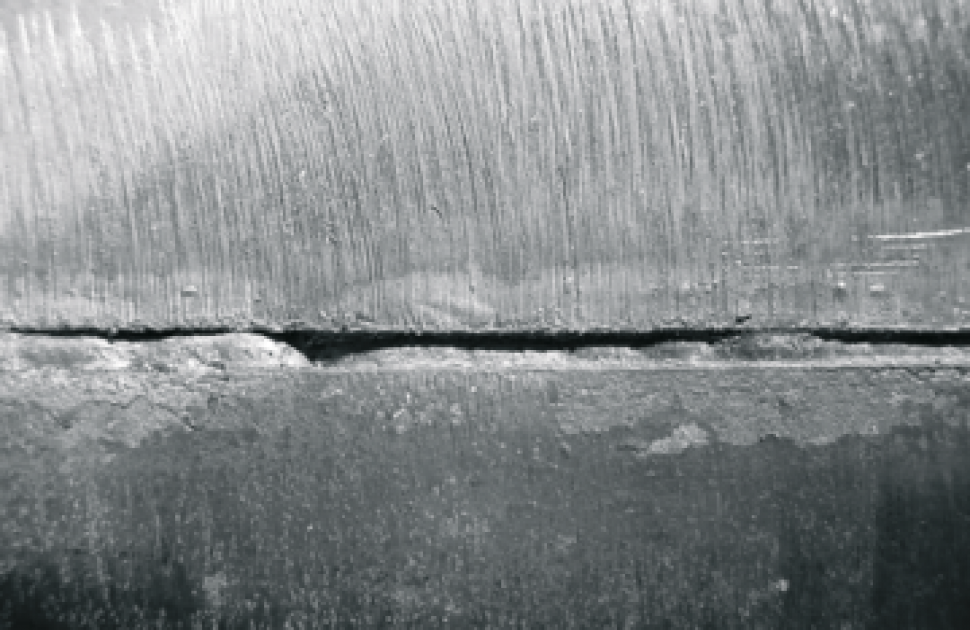A Comprehensive Guide to Identifying, Averting, and Correcting Undercut Welding Issues in Your Welding Projects
In the realm of welding, coming across undercut issues is an usual challenge that can endanger the structural honesty and overall top quality of your welding projects. Keep tuned as we explore the necessary parts of identifying, avoiding, and taking care of undercut welding troubles, providing you with important insights and methods to boost your welding skills to the next degree.
Common Causes of Undercut Welding
Undercut welding, a typical problem in welding processes, can be caused by numerous aspects that need to be thoroughly identified and addressed to make sure the honesty of the weld joint. Among the main sources of undercut welding is excessive warm input. When the welding parameters, such as voltage, existing, or take a trip speed, are not properly established, an extreme amount of heat can be generated. This excess warmth results in the melting and succeeding removal of the base product along the edges of the weld joint, producing a groove called undercut.
Another typical root cause of undercut welding is inappropriate welding method. Poor manipulation of the soldering iron or gun, inaccurate angle or distance between the torch and the workpiece, or inconsistent travel rate can all add to the development of undercut. Furthermore, utilizing the wrong welding consumables or electrode size for a particular joint arrangement can lead to undercut problems. Recognizing these origin and carrying out rehabilitative procedures is important in protecting against and rectifying undercut welding problems in welding tasks.
Identifying Undercut in Welds

To recognize undercut precisely, appropriate lights and zoom tools are necessary to evaluate the weld joint thoroughly. Using devices such as a welding scale or a magnifying glass can aid in identifying even the tiniest undercut flaws. Furthermore, running a finger or a fingernail along the weld joint can often disclose undercut, as the surface may feel uneven or have a dip where the undercut exists.
Safety Nets for Undercut
Having a deep understanding of the causes of undercut in welds allows for the execution of efficient preventative procedures to keep weld quality and honesty. These setups should be enhanced to protect against extreme heat input, which can lead to undercut development.

Methods for Taking Care Of Undercut

To attend to undercut issues properly, welders can utilize specific strategies targeted at rectifying the problem and bring back the integrity of the weld joint. One technique is to more info here change the welding criteria, such as the voltage, current, and take a trip speed, to make sure correct warmth input and blend. Boosting the welding existing or lowering the travel rate can help complete the undercut. Furthermore, transforming the welding strategy from a press to a drag or the other way around can also help decrease undercut.
One more method is to make use of a weaving movement while welding to ensure appropriate sidewall blend and fill in the undercut. By oscillating the welding arc back and forth within the weld joint, the welder can transfer a lot more filler material into the undercut areas, properly eliminating the defect.
In addition, grinding out the undercut and rewelding the joint can be a practical remedy for more serious undercut issues - Preventing weld undercut. This process involves eliminating the undercut area, preparing the base metal, and afterwards rewelding the joint with correct welding parameters and methods to prevent undercut from repeating

Specialist Tips for Avoiding Undercut
Utilizing correct welding strategies and keeping control over key welding parameters are vital methods for welders intending to stop undercut in their weld joints. One professional suggestion for staying clear of undercut is to guarantee appropriate joint prep work. This includes cleaning the base steel thoroughly to remove any type of contaminants Read Full Article that could bring about damage development. Additionally, picking the suitable welding procedure and filler steel for the details application can aid protect against undercut. Welders should likewise pay attention to the welding existing and voltage setups, ensuring they are within the suggested variety to avoid overheating and prospective undercut. Preserving a consistent traveling rate during the welding procedure is one more vital pointer to avoid undercut. By moving at a consistent rate, welders can make certain appropriate fusion and lower the possibility of undercut formation. Examining the weld grain after completion can aid identify any type of indicators of undercut early on, enabling for prompt corrective activity to be taken.
Conclusion
Finally, recognizing, stopping, and repairing undercut welding troubles in your welding tasks is critical for ensuring strong and resilient welds. Preventing weld undercut. By understanding the typical reasons for undercut, being able to identify it in welds, executing preventive steps, and making use of correct strategies for repairing undercut, you can avoid potential concerns and develop top quality welds. Complying with expert pointers for avoiding undercut can help you enhance your site here welding skills and create better results in your jobs
Undercut welding, an usual problem in welding processes, can be caused by various variables that require to be very carefully recognized and dealt with to guarantee the stability of the weld joint. Additionally, running a finger or a fingernail along the weld joint can in some cases reveal undercut, as the surface might feel unequal or have a dip where the undercut exists.
Making use of correct welding methods and maintaining control over essential welding parameters are vital approaches for welders aiming to avoid undercut in their weld joints.In final thought, recognizing, preventing, and fixing undercut welding issues in your welding jobs is crucial for making certain strong and resilient welds. By recognizing the usual causes of undercut, being able to determine it in welds, carrying out precautionary steps, and utilizing appropriate techniques for fixing undercut, you can prevent possible concerns and produce premium welds.